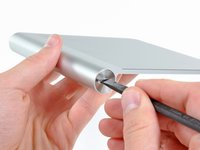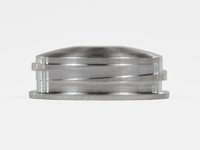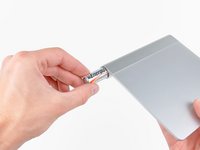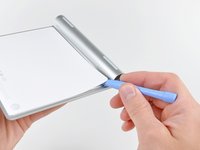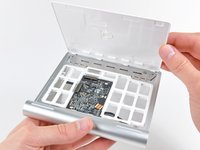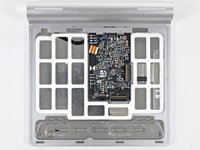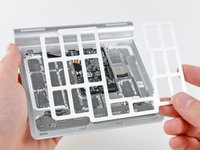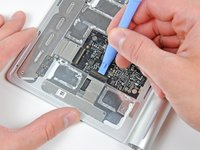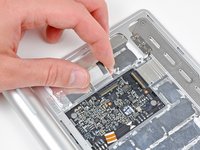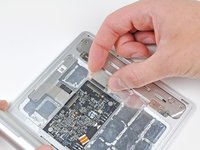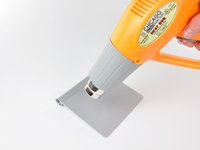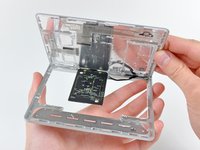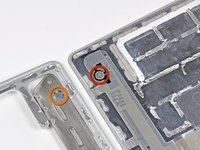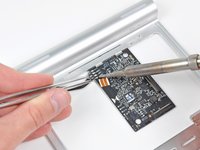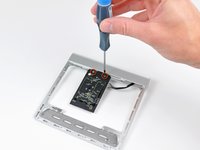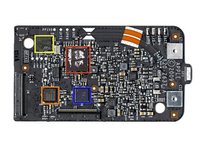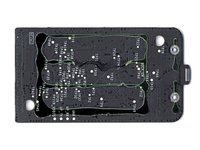Introduction
Have you ever wondered what makes a trackpad magical? Well wonder no more. Join us as we delve into the deep abyss of Apple's ocean of magical peripherals to explore the mysterious Magic Trackpad.
Also check out the magical Vimeo video slideshow of the teardown!
What you need
-
-
The Magic Trackpad is the first full desktop trackpad that supports a full set of gestures, including click, scroll, swipe, and rotate, all available at the tip of your fingers.
-
Requirements:
-
Mac desktop or laptop.
-
Bluetooth connectivity.
-
Mac OS X 10.6.4 or later.
-
And of course, batteries! (Apple Battery Charger not included).
-
As the rumors confirmed, the Magic Trackpad is designated Model A1339.
-
-
-
The Magic Trackpad is 80% larger than the trackpad included in current MacBook Pro models.
-
It features the same aluminum design as its wireless keyboard counterpart, allowing for the perfect union of typing and gestures.
-
Let us not forget the main attraction, which is the 0.5 mm thick, capacitive touch, wear-resistant glass surface.
-
That's all good, but what lies inside?
-
-
-
Removing the batteries is about as straightforward as it can get. Give a twist to the battery door and the two AA batteries slide right out.
-
Check out those square threads! While square threads have the highest mechanical efficiency of all lead screws, their difficulty of manufacturing makes them prohibitive for most applications.
-
Kudos, Apple, for sweating the details.
-
-
-
-
At the heart of the Magic Trackpad's logic board lies a Broadcom BCM2042 for Bluetooth connectivity.
-
We found a Broadcom BCM5974 touch screen controller chip that provides Multi-touch functionality.
-
Also, an SST 25WF020 provides 2 Mbit of serial flash memory.
-
This appears to be a TI CD3238, which has been identified by Hearst as a RS232 line driver/receiver. It was also in the original iPhone with a BCM5973A.
-
The back of the logic board features nothing but blackness and glue.
-
23 Guide Comments
A great tear down. One question: Where is the bluetooth antenna? Is it just etched into the circuit board?
Good question. It looks like the curved traces along the top of the board seen on step 10 could be the antenna, and they lead to a small metal pressure contact that mates into the aluminum chassis. My guess is that the chassis of the trackpad and/or those curved traces serve as the antenna.
Step 3c, I was expecting to see an Apple-branded battery instead of a bunny-battery. When you get the Apple batteries, is there any reason to tear one of those apart to see if Apple is merely re-labeling someone else's battery or if they actually are building AA batteries?
Apple does not produce batteries, as much as they don’t produce LCD panels or SoC chips - at best, they design them or define specs, but mostly just source it from suppliers, such as Samsung (and SDI), LG and Desay. It makes no financial sense to be a one stop shop - and that’s why Trump’s Nevo-mercantilism is a sure fail. Sorry about the politics - it’s a *charged* topic lolz ;)
Idan -















